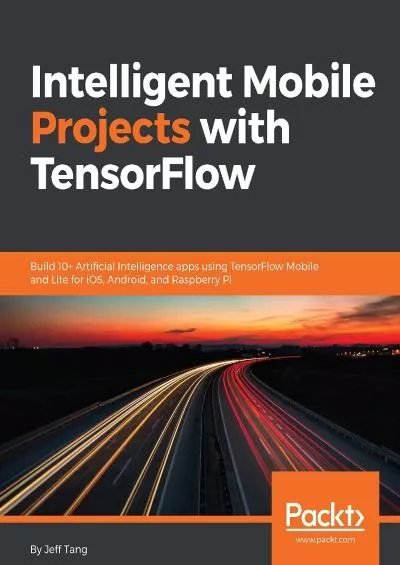PPT-Build a low-powered Arm voice assistant with Google TensorFlow Lite
Author : madison | Published Date : 2024-01-03
Karl Fezer AI Evangelist Arm karlfezer Agenda Industry Trends How to do machine learning on Arm CortexM CPUs How to use TensorFlow Lite for Microcontrollers
Presentation Embed Code
Download Presentation
Download Presentation The PPT/PDF document "Build a low-powered Arm voice assistant�..." is the property of its rightful owner. Permission is granted to download and print the materials on this website for personal, non-commercial use only, and to display it on your personal computer provided you do not modify the materials and that you retain all copyright notices contained in the materials. By downloading content from our website, you accept the terms of this agreement.
Build a low-powered Arm voice assistant with Google TensorFlow Lite: Transcript
Download Rules Of Document
"Build a low-powered Arm voice assistant with Google TensorFlow Lite"The content belongs to its owner. You may download and print it for personal use, without modification, and keep all copyright notices. By downloading, you agree to these terms.
Related Documents

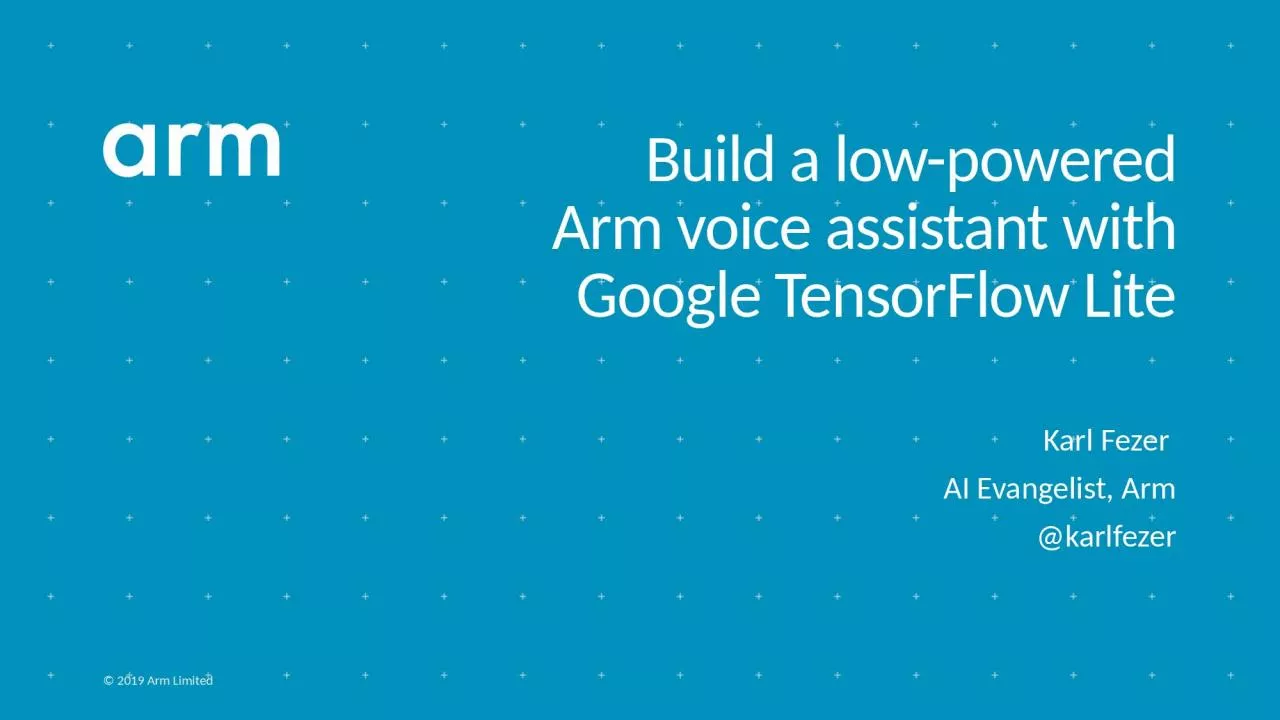
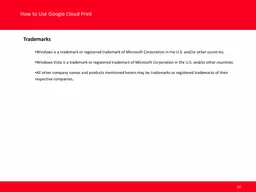


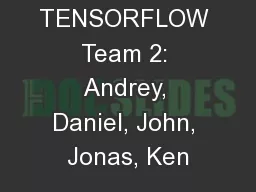
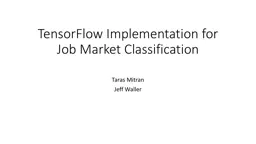

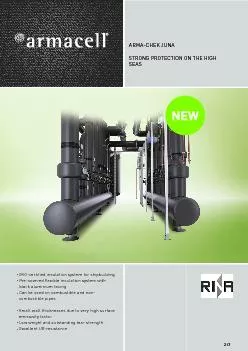

![[READ] Low Carb: Low Carb Weight Loss Secrets Box Set (Dash Diet, Slow Cooker Meals, Low](https://thumbs.docslides.com/881235/read-low-carb-low-carb-weight-loss-secrets-box-set-dash-diet-slow-cooker-meals-low-carb-cookbook-low-carb-recipes-low-car.jpg)


![[READ]-Hands-On Computer Vision with TensorFlow 2: Leverage deep learning to create powerful](https://thumbs.docslides.com/974957/read-hands-on-computer-vision-with-tensorflow-2-leverage-deep-learning-to-create-powerful-image-processing-apps-with-tensorflow-2-0-and-keras.jpg)
